9.2 Cultural Context Values
The cultural context values are the over-arching values associated with a specific era or period. They are generally influenced by the historical climate or the dominant philosophical ideas of the time.
They can be defined as:
- that which is valued or revered by the dominant group, which often determines the kinds and style of art produced;
- the culturally inherited assumptions which underlie a culture,
- internalized attitudes characteristic of a particular group or environment.
The arts of a culture usually reflect these values in different ways, and this is particularly true in the art of earlier eras. Such values may be absent in the case of individual artists who work against the prevailing values; this is probably more common in more recent times. In Humanities courses, we are always looking for the recurring themes: the two or three major cultural context values that are embraced by the majority of a culture’s members. The following cultural context values are common to Humanities 121 and 122.
Asceticism
The monastic way of life demanded seclusion and escape from the cares of reality and the severity of monastic life stimulated the imagination. Monastic rules required that a person attain a high spiritual and moral state by obedience, silence, humility, and poverty. Turning away from the world is expressed in plain exteriors and rich interiors showing that the inside of a man is more important than what he looks like outside. Arts were not intended to mirror the natural world, but to conjure otherworldly visions and aspects of the world beyond. Artists used elaborate symbolism which was addressed to the educated, cloistered communities familiar with sophisticated allegories. Although the sculpture found in Romanesque cathedrals was certainly visible to the masses and was intended to be instructive, many Romanesque monastic works were intended to relate to the intense inner life and visionary focus of the religious community that the lay person would not understand.
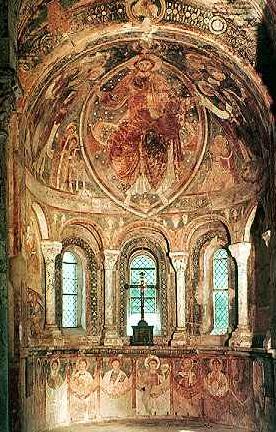
Animism
Animism is the belief that the forces of nature are inhabited by living spirits. These spirits or forces reside in each animate and inanimate object. We still hear echoes of Animism today: skies still “threaten,” seas and fires “rage,” forests “murmur” and Mother Earth beacons us to “rest.” Both Animism and Spiritualism are present in the Cro-Magnon caves.
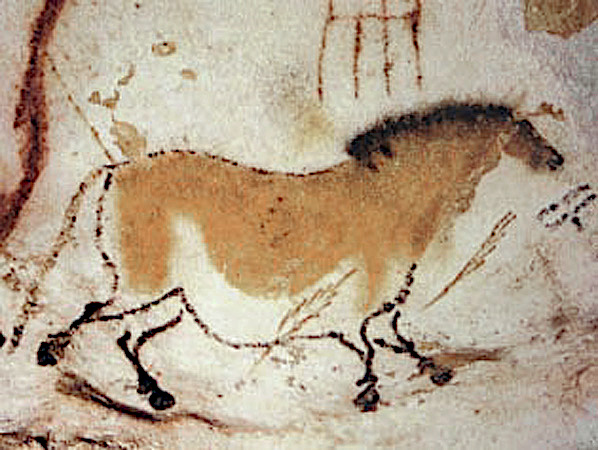
Antiquarianism
For our purposes, the cultural context value of Antiquarianism shows up most clearly in Republican Roman culture. Seeking heroic origins, patrician and land-owning Roman aristocrats claimed descent from Greek heroes, and emulated the popular Greek styles of the past. (Think “nostalgia”). We see evidence of this in Rome’s interest in copies of Classical and Hellenistic art, architecture, theatre and philosophy.
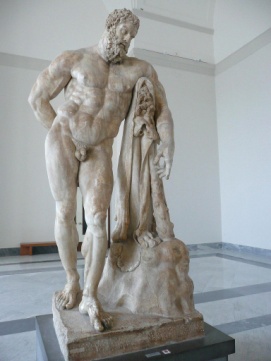
Authoritarianism (aka ABSOLUTISM)
Because the human authority figure is either divine, or a sanctioned representative of the divine, his or her power is unquestioned and immune to human judgment. This absolute authority is reflected in the arts because that “divine figure” tends to be the major patron of those arts, and most of the cultural expression is in support of that authority. Hierarchical messages of power and propaganda, often displayed in fearful imagery, tend to show up in authoritarian cultures. By the time of the Emperor Justinian (r.527-565) no official word could be spoken unless justified by a quotation from an earlier authority. This court was so conservative that the word “originality” was considered an insult. King Louis XIV also replaced natural spontaneity with the “Sun God’s” form of cosmic law and order. Just as French statehood was unified under an absolute ruler, so were the arts brought together in a single rational plan.
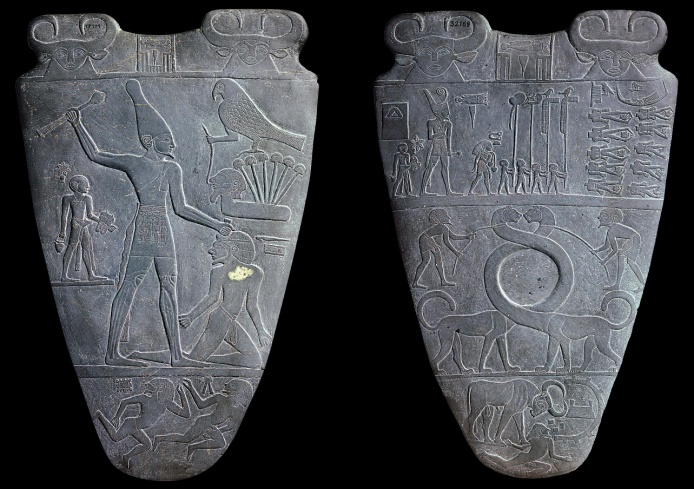
Calvinism
While Calvinism is a result of the Reformation, rather than a cultural context value, the doctrines of Calvinism are clearly reflected in the arts. Original sin, predestination and the recognition of the transience of life are key components of Calvinistic teachings.
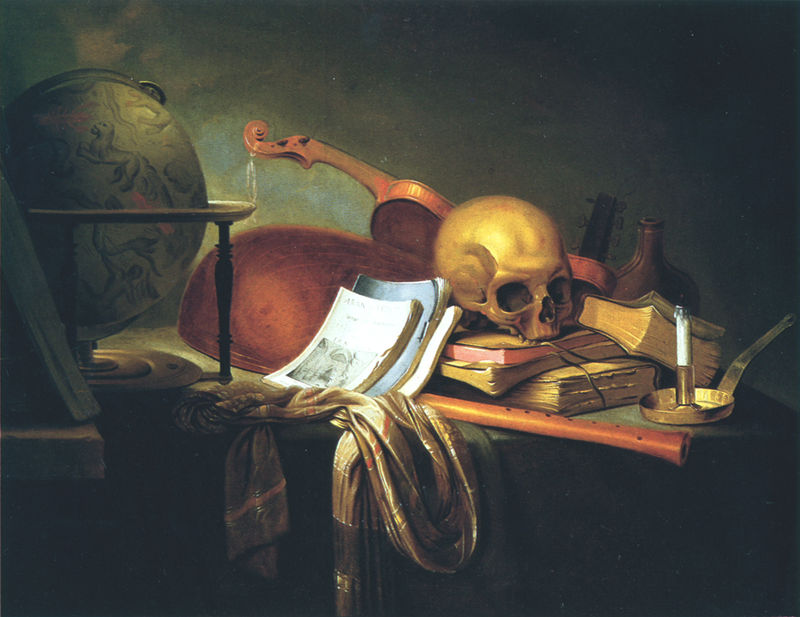
Classicism
Italian respect for classical antiquity had two sources. The first was the continuation of the cultural tradition inherited first from the Romans: Latin was still the language of the educated elites, and Roman constructions (such as the coliseums) were prominent in the cities. The term “Greco-Roman” suggests the classical respect for both Greek and Roman sources. The second source of respect came from archaeological discoveries made during the Renaissance. For instance, the late 4th century B.C.E. Hellenistic sculpture of the Apollo Belvedere was discovered when Michelangelo was on his first visit to Rome in 1489-90.
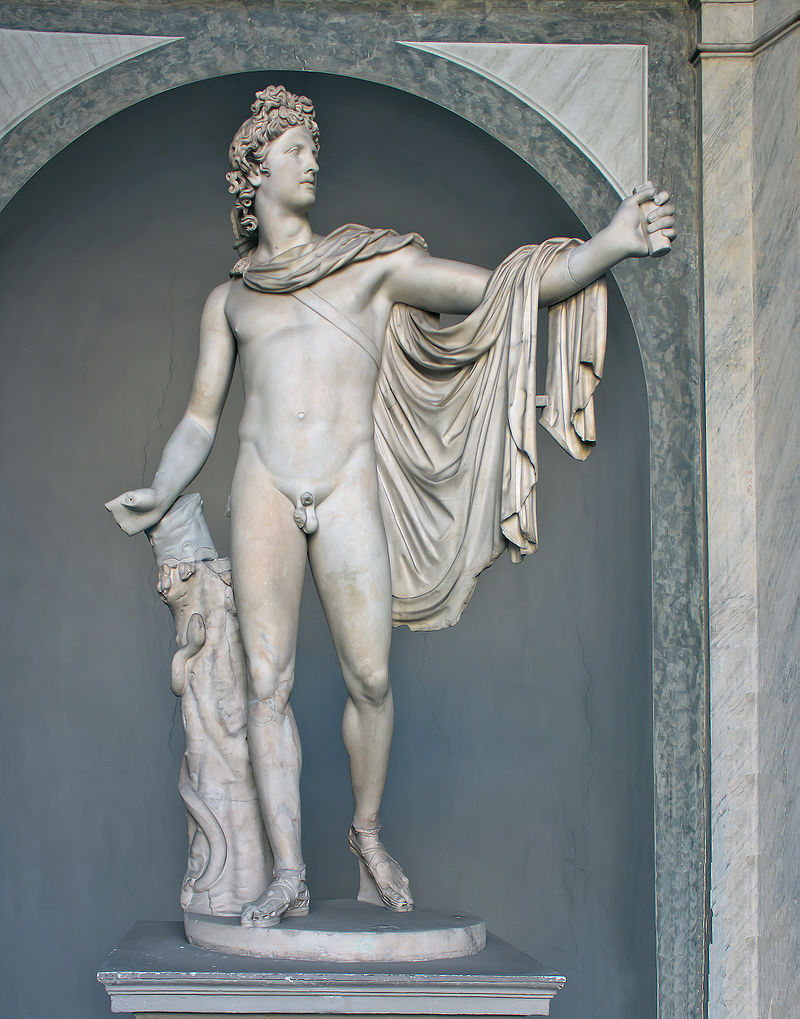
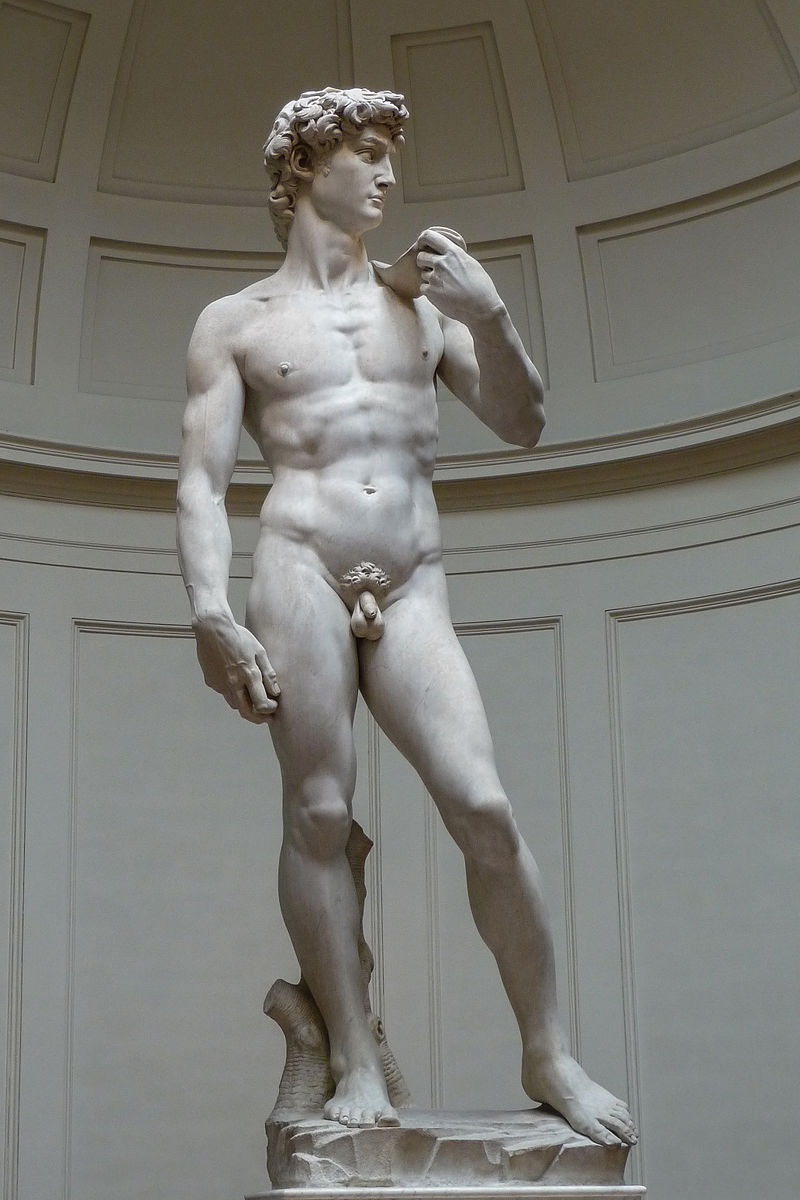
Domesticity
Domesticity celebrates the material reality of everyday life, especially as demonstrated in the comforts of home. The basis of a just society is piety and private devotion, as demonstrated by an ordered and tranquil household. The subjects of paintings will be expanded to include “genre” scenes of everyday life, portraits, still-life, and the natural landscape.
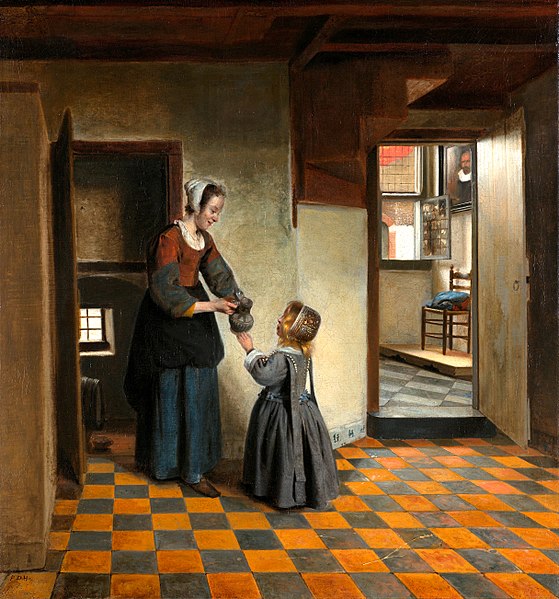
Dualism
This term suggests the opposition of two conflicting, yet coexisting, principles. Examples of this contrast are demonstrated by the Zoroastrian opposition of truth v. deceit, in the polarity of the philosophies of Plato and Aristotle, in Augustine’s Heavenly City of God as contrasted to the Earthly City of Man, in the divinity and yet fully human nature of Jesus, and the thrust and counter thrust of a Gothic cathedral. Keep your eyes open: you will see many more similar contrasts. Reason v. emotion. Body v. soul. Flesh v. spirit. The 13th century theologian Thomas Aquinas will suggest that all apparent conflicts are harmoniously unified by God. The Gothic age, as exemplified by the Cathedral of Chartres shows Dualism.
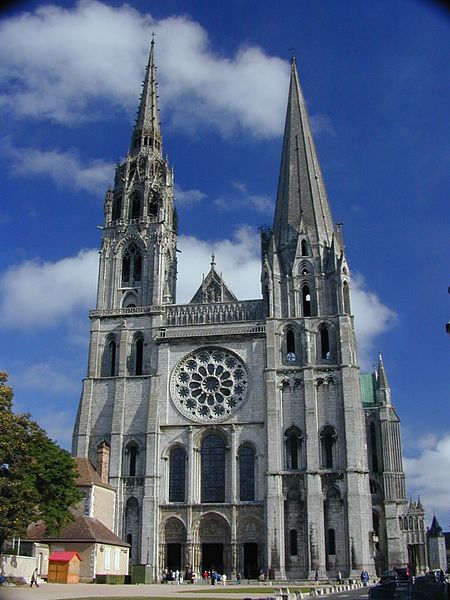
Empiricism
Empiricism promotes direct experience with the material world. Instead of an idealistic (see Idealism) and abstract system of logic to explain the mysteries of the universe, Empiricism emphasizes that decisions be based on evidence collected by the senses and observation. Empirical evidence can be experienced through sight, smell, touch, etc. The result of this “observable experience” is that the viewer will have empathy for the subject. A culture or period dominated by an Empirical world view will promote a Realistic style of art. Not only can you see and perhaps touch the action; you can almost smell, hear and taste the surroundings. The first century Roman poet Lucretius’s discussion of the material nature of the “mind” and “soul” provides a good demonstration of Empiricism in art.
Visualize the Dying Gaul as you read Lucretius’ words from On the Nature of Things (Book III):
“You see that our mind suffers along with the body, and shares its feelings together in the body. If the shuddering shock of a weapon, driven within and laying bare bonds and sinews, does not reach the life, yet faintness follows, and a pleasant swooning to the ground, and a turmoil of mind which comes to pass on the ground, and from time to time, as it were, a hesitating will to rise. Therefore it must needs be that the nature of the mind is bodily, since it is distressed by the blow of bodily weapons.”
Keep in mind that Imperialism is a policy of extending a country’s power and influence through diplomacy or military force. Imperialism must not be confused with empiricism.
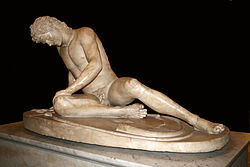
Humanism
Humanism assumes that life here and now is good and meant to be enjoyed. The cultural context value appears in three major ways. The first is a celebration of living with dignity in this world. Humanism does not focus on a sinful, fallen world; rather, it promotes the exercise of our will to live autonomously and challenge the limitations of earthly existence with strength and resilience. Rising above the ignobleness of daily experience, we become responsible for our own fate. The exaltation of humanity is so completely a part of the Western habit that we are scarcely aware of the antiquity of this influence and of its origin in the minds the Greeks.
Second, and no less important, is the understanding, as the pre-Socratic Greek philosopherProtagoras stated, that “man is the measure of all things.” Humankind, in this case, becomes the most important authority. In humanistic cultures, the search for truth begins with humans themselves. The design of the Parthenon, for instance, was based on average measurements of the human body.
The third way that Humanism is most often seen is in the belief that a civic life (with concern for the common good) is nobler than a life lived for the benefit of personal aspirations. In this sense, at its best, democracy is considered humanistic. Many humanists believe that individual sacrifice is appropriate if it benefits the larger community. Humanistic thought addresses questions that are basic to all humans. While the Egyptian Pharaoh is clearly a human, his authoritarian rule does not support the cultural context value of Humanism.
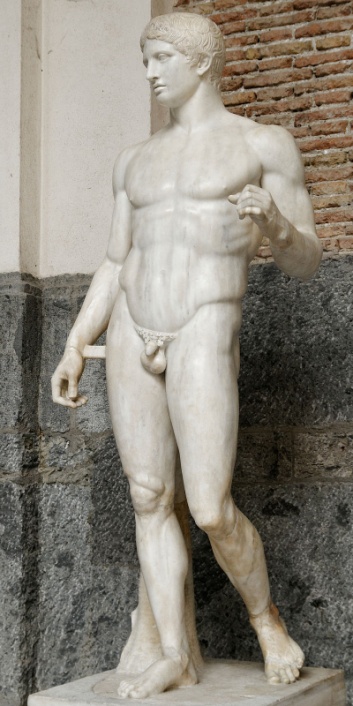
Franciscan Humanism
Still in the shadow of medieval mystical beliefs, the 12th century monk Francis of Assisi turned humankind’s attention back to this earthly life by focusing on the humanized relationship of the Madonna and Christ. Franciscan Humanism promoted the belief that God resides in the world we know, in his Creation, and could be understood by the contemplation of that Creation and the imitation of Christ’s virtues.
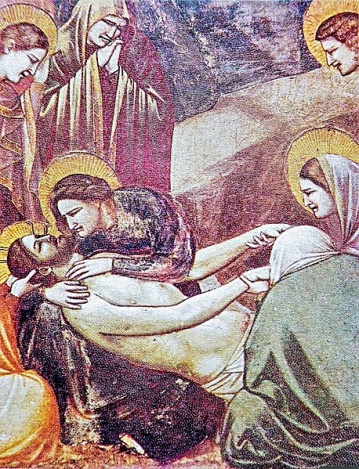
Classical Humanism
Celebrates two great discoveries: Classical antiquity and the correlative discovery of themselves. The Renaissance version of Humanism was sparked by a revival of interest in classical Greek and Roman literature, culture, and language. In particular, the three essential cultural contest values as taught by Plato (Humanism, Idealism and Rationalism) were combined with the values of Aristotle (Realism and Individualism) to reconcile Greek thought with Christian beliefs. The Classical skills of mathematical proportion, objects spatially bound together in linear perspective, contrapposto, as well as the expressive power of the nude were utilized to express Classical Humanism. During the Medieval period, human accomplishment had been seen as a reflection of divine will and this present life was seen merely as preparation for a future life. During the Renaissance people ceased to believe that the afterlife was superior to the here and now. Civic Humanism was seen in the promotion of free republics (especially in Florence and Venice) in the competition among great cities.
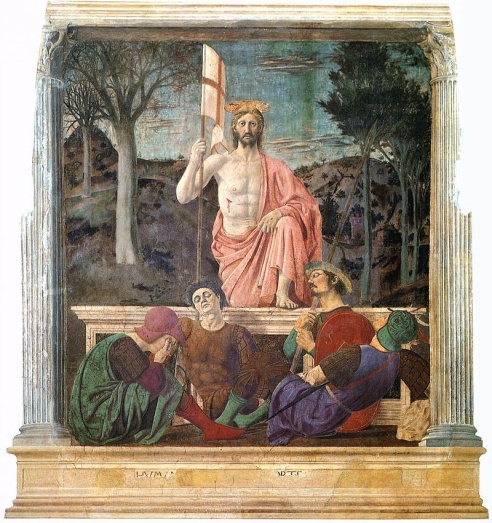
Northern Humanism
Also known as CRITICAL HUMANISM or CHRISTIAN HUMANISM. Northern Renaissance Humanism placed Christian symbols (rather than Classical traditions) in a humanistic setting. The most modest parts of God’s creation came under intense scrutiny, requiring the viewer to study each detail in order to comprehend the message of the divine in the everyday world. Under the philosophy of Metaphysical Transparency all objects in the created world are symbols of a higher unseen reality; they are manifestations of divine creation. We must absorb these objects detail by detail to comprehend the total message.
There are at least three strong distinctions to be observed when comparing Northern Humanism to Italian Humanism. As had been the case in earlier Christian art, light suggests divine truth, whereas a specific light source is suggested in the Italian tradition. Secondly, linear perspective is unimportant to Northern artists; they utilized intuitive perspective. Additionally, Northern artists usually depicted common bourgeois people rather than the aristocrats who were featured in Italian paintings.
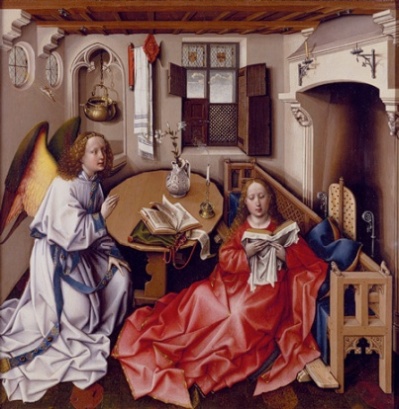
Baroque Humanism
Adds movement in time and space to the qualities of Humanism. In similar manner to Byzantine (aka Reverse) perspective, the image enters the world of the viewer. Taking influence from the Mannerist artists the viewer is engaged, frequently in a confrontational manner. And, taking influence from Northern Humanism, common people are included.
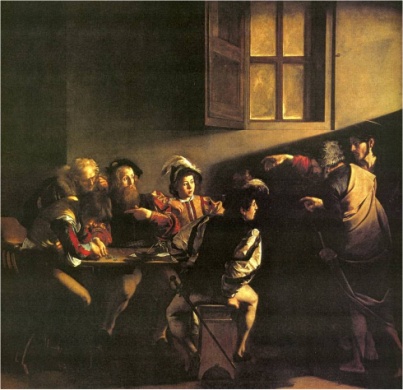
Humanitarianism
Is not the same as HUMANISM. Humanitarianism suggests an interest in philanthropy. While St. Francis was concerned about the souls of urban dwellers, he chose a life of chastity, poverty, and obedience. Similarly, while Michelangelo’s work is very humanistic, his Florentine sculpture of David suggests a disdain of baseness and injustice rather than a concern for human kindness. Many of the world’s largest religions were taught the following precept: “Whatsoever ye would that men should do to you, do ye even so to them.” Historically it is difficult to find cultures that regularly practiced Humanitarianism.
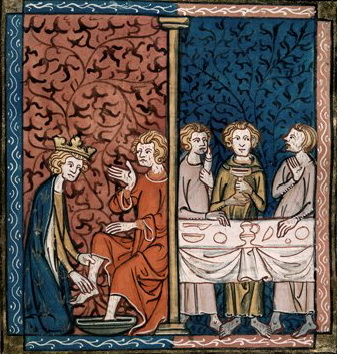
Idealism
Based on Humanistic values, Idealism seeks the eternal perfection of pure ideas. Abstract ideas such as self-control, order, and denial of change exist only because human minds have created a mental image of these ideas. Idealistic thought represents the world not as it appears to one’s physical eye, but as it appears to the imagination of the mind’s eye. The idealized form does not exist in this physical world, and probably never will, but that does not lessen the value of contemplating and discussing ideas. Idealism places the search for then abstract ideals of truth, goodness and beauty above all other ideas. Idealistic art will eliminate all which is not essential to the pure idea of a perfected form. Because the imaginary image of the form (the Absolute) is understood to be more “real” than any historical details of circumstance, individual features, extremes of age (which would imply incompleteness), and violence will be avoided. Even in death, a human figure will be depicted as vital, in the prime of life, and defying fate. Greek Gods were modeled after the ideal human (as opposed to the half animal gods of Egypt), another sign of both Humanism and Idealism. See the chart comparing Idealism and Realism is at the end of this document.
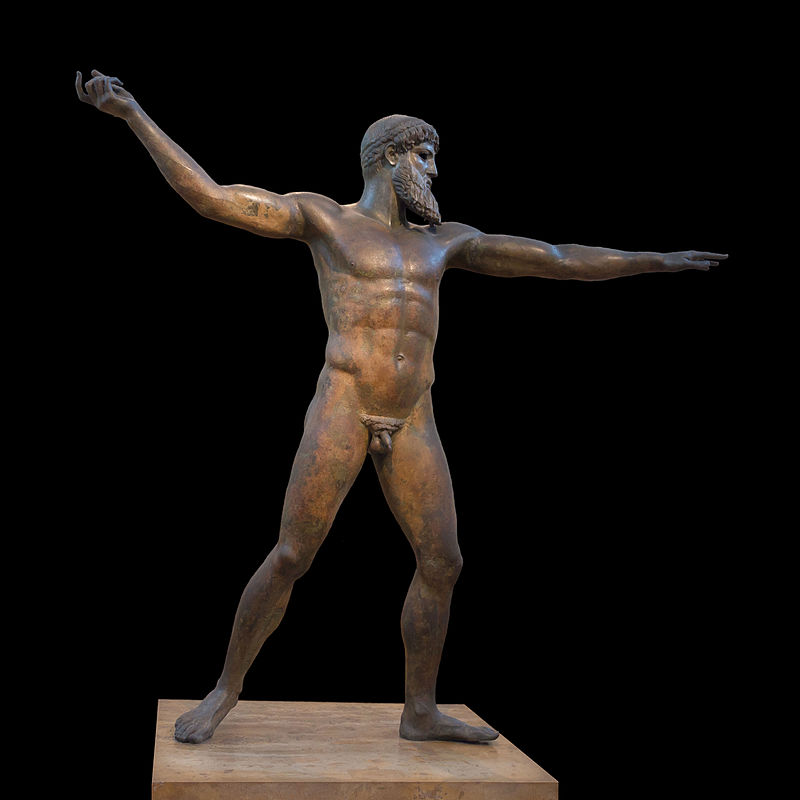
Neoplatonism
Neoplatonism was the Renaissance merging of the idealistic ideals of Plato with the mystical ideas of Christianity. As we saw with Idealistic thought, the material world was devalued in preference to the abstract ultimate reality of a higher, perfect, and divine mind. For Christians, this ultimate reality was interpreted, of course, to be the mind of God. You may have heard the term Mind over Matter. The source of that phrase is in Neoplatonic thought! Because that intellect existed prior to this physical realm, it was the First Cause, the Mind. Hence, it is more “real” than the Matter; this material world is just a shadow of that Divine Mind. The artistic intention of Neoplatonic art was to purify the world of matter, erasing its flaws and approximating it to the perfection of the Divine Mind. Neoplatonic thought can be seen in the works of several Renaissance artists, including Botticelli, Michelangelo and Poussin.
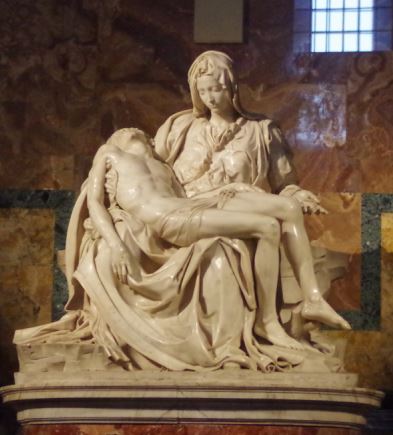
Imperialism
A policy of extending a country’s power and influence through diplomacy or military force. Artistically, Imperialism is generally depicted in grandeur: the greater the proportions, the greater is the power! Imperialism should not be confused with EMPIRICISM.
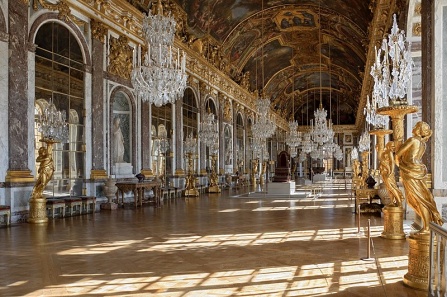
Individualism
Individualism focuses on the specific person and his plights, rather than the challenges of a group of people. Individualism tends to celebrate successful individuals as opposed to large group efforts. Facial features, emotional expression, and humor are often seen in arts that reflect Individualism. This makes sense, as a focus on Individualism is a focus on human differences, including ethnic and cultural differences, rather than similarities. Individualism sometimes (such as during the Hellenistic Era) appears when individuals have little control over their government and/or religion. What they can control is themselves and perhaps their families.
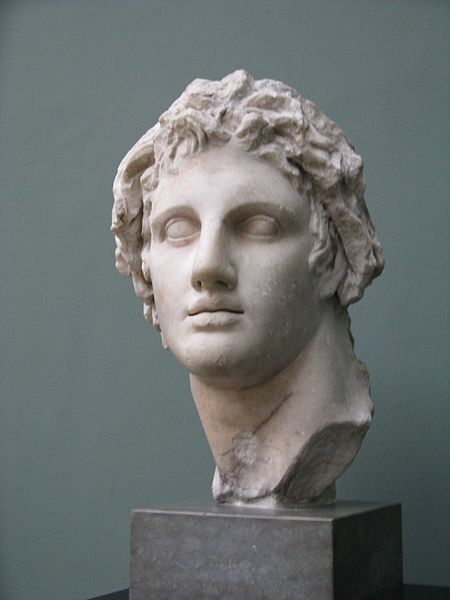
Renaissance Individualism
While the medieval era viewed life as controlled by capricious fate, the Renaissance stressed the kind of life whose direction was charted by personal choice. Privately commissioned portraits will elevate the individual’s social status and artists, philosophers and scientists will enjoy an elevated social status.

Mercantilism
Mercantile practices exhibit an interest in trade, goods and industry. Imported goods suggest the owner’s erudition and achievements. The Dutch were far more interested in trade, which is the primary reason the Dutch East India Company held exclusive trade relations at Nagasaki, Japan between 1639 and 1854, while Portuguese and Spanish missionaries were not permitted. The bounty provided by trade is celebrated in the subject matter of painting as well as in the changes that develop in the professional art world as a result of it.
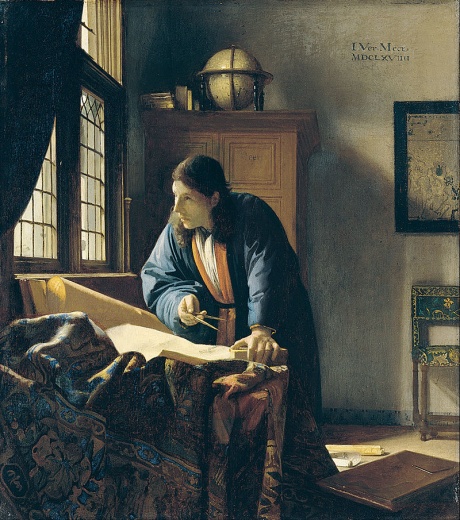
Mysticism
Mysticism is the view that there is an ultimate reality, hidden from the ordinary channels of knowledge, which can be revealed only to an individual mind in certain moments of insight. It is not only the intuition of what is beyond-empirical but of what is often alleged to be timeless or eternal, of something which ordinary experience is impotent to reveal. Mystical, complex ideas (such as the nature of God and the Trinity) are often expressed by means of metaphors and symbols. Symbols are thought to have power, and must be interpreted to be understood. In the Baroque era, Mystical acceptance “by faith” will develop. Any religion, ancient or modern, involves Mysticism. Cultures that place high importance on religion (and/or who share a common approach to that religion) tend to embrace Mysticism as a major cultural context value. Since all cultures show evidence of religion, it is important to keep in mind that we are applying this value to cultures whose focus on religion is of major importance.
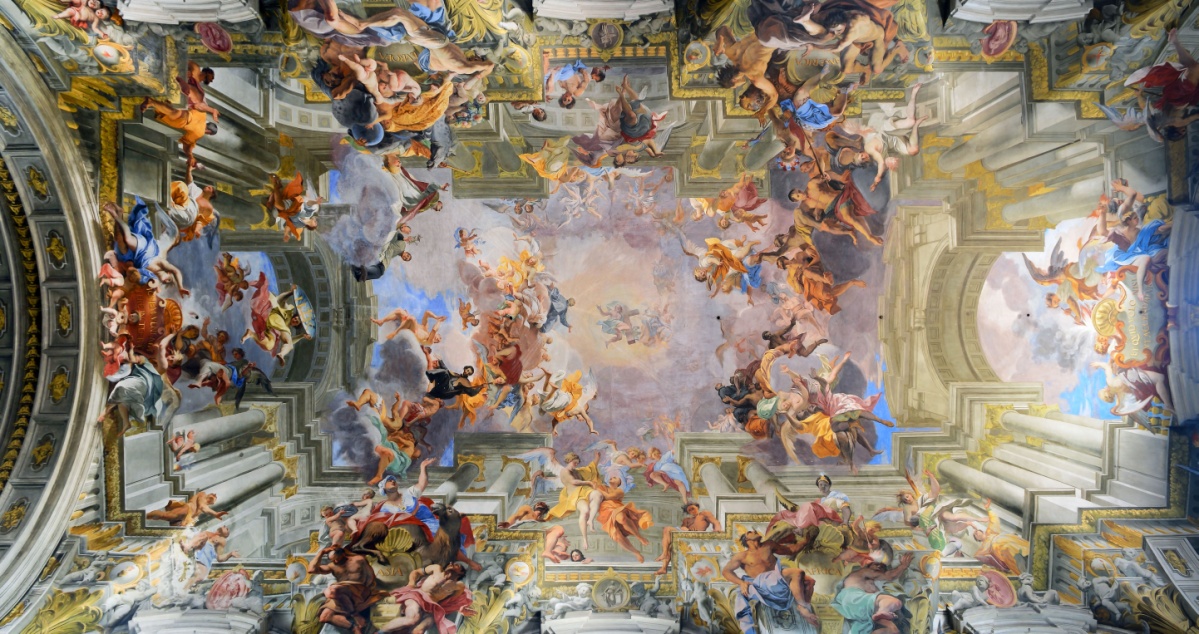
Byzantine Mysticism
Four illusionistic devices are unique to Byzantine Mysticism. First, because the viewer is taking a glimpse into the perfection of heaven the light is not a natural light but a dematerialized light. The mystical sparkle of a gold background denies depth to the figures so they seem silhouetted in space. Secondly, with their wide-open eyes they present an out-of-this-world image. Naturalism and true-to-life details have no place here. Third, there is no foreground or base or contrapposto stance—in essence, there is no movement. Byzantine figures are eternal; they will always be present to receive the worshipper’s prayers and supplications. And yet, for device number four, they do enter our world through a technique known as reverse perspective. Images appear to project forward into the space between the observer and the image.
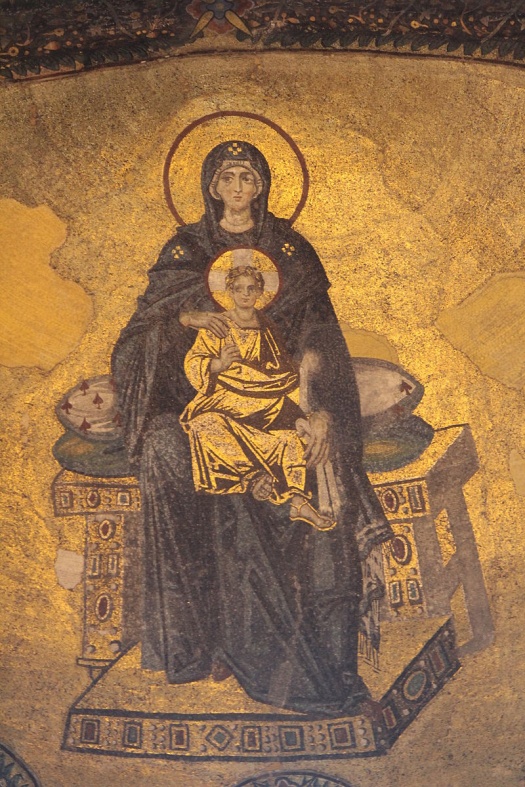
Militant Mysticism
Militant Mysticism is the attempt to force orthodox teachings (correct thinking) on an outside heretical group. Militancy was promoted by the Byzantine Emperor Justinian as well as by both Reformation and Counter-Reformation theologians. During the Baroque period, Militant Mysticism was practiced by both the Catholic church under Pope Paul III with the 1540 Bull “Regimini militantis ecclesiae” (“For the Rule of the church militant”) and by the Protestant leader John Calvin, who promoted the concept that the “ecclesia militans” could become victorious here on earth.
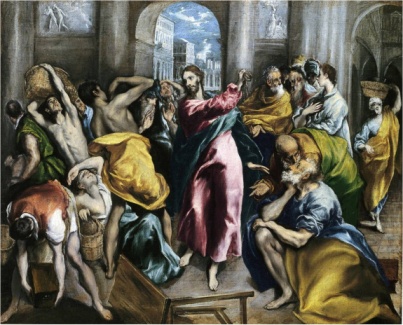
Nationalism
Devotion to the interests or culture of one’s nation. In contention with ecclesiastical authority, the hometown can be the ideal paradise.
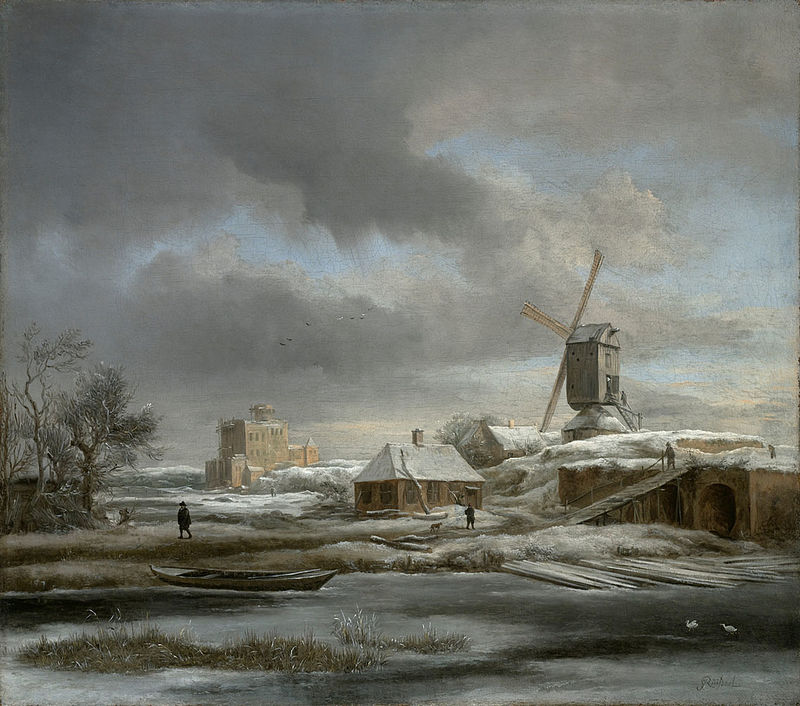
Naturalism
These works show the physical world as it might be seen; the depiction of the appearance of nature as exactly as possible. Naturalism will feature both true-to-life details and light from a specific source. Neither symbolic meaning nor scientifically developed perspective is employed. Note the fly in Bosschaert’s work.
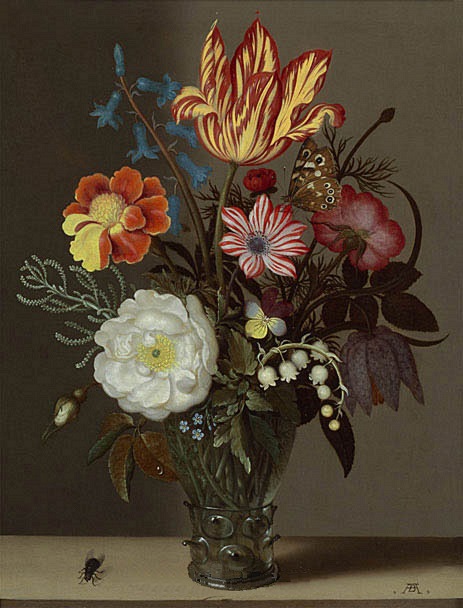
Nominalism
In the tradition of Platonic philosophy, concepts such as the Annunciation, the Crucifixion and Judgment were eternal truths. God would always be entering the human world, Christ would continually be crucified for the sins of mankind, and humans were continually being offered the choice of salvation or damnation. They were like the abstract ideas of truth, goodness and beauty. No amount of work, or resistance, would affect absolute ideas. The Cultural Context Value of Nominalism challenges this philosophy. Nominalism holds that these terms of theological jargon exist only as names or words (from Latin, nomen, “to name”). By means of inductive reasoning, we want to understand the mysteries. What was it like when God entered this world? How did the witnesses respond to the crucifixion? What is meant by “salvation” and “damnation”?
The artistic result of Nominalistic thought is a renewed interest in this physical world. Artists and poets (such as Dante) seek to understand the divine through the world that we know. Instead of remaining remote and eternal, theological subjects enter a world that we recognize. Figures are shown in natural surroundings, with anatomical accuracy, modeled by means of light and shadow and with attention to the perception of this world in three dimensions.
The rapid development of both naturalistic and Nominalistic thought during the Middle Ages may be seen in a comparison of paintings by Cimabue and Duccio. Compare the ears of the Christ child in each depiction. Cimabue paints the child with two ears because he thinks the child must certainly have had two ears. With attentiveness to this natural world, Duccio paints only what he sees—thus, the child is shown with only one ear! Nominalistic philosophy will lead to the experimental method of modern science.
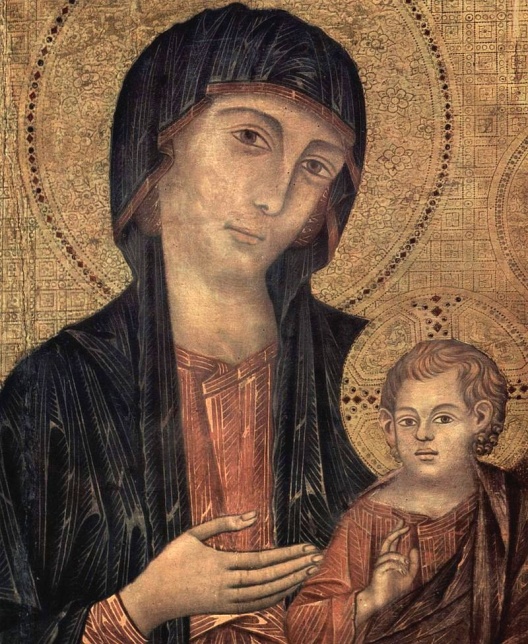
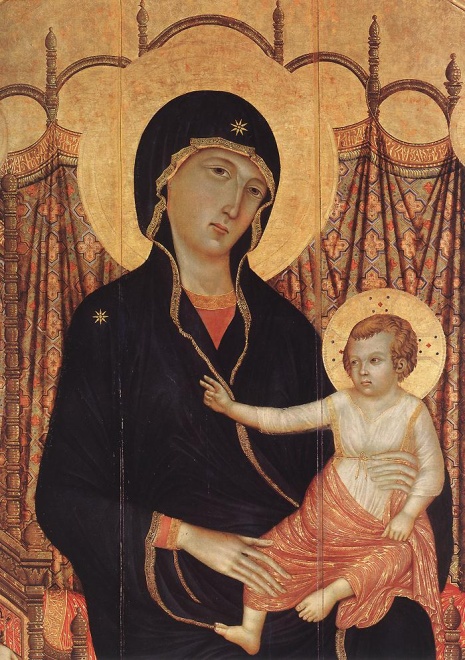
Order and Organization
The Romans, for instance revered the value of order. They believed that truth could be found in order. The creation of orderly systems such as laws, roads, and water projects kept the Republic, and then the Empire together. The orderly system of government maintained control even under mad emperors so that order sustained the law and benefited citizens despite upheavals caused by individuals. This allowed Rome to rule a large area with military organization, city planning, aqueducts, and bureaucracy. The Roman capacity for order and efficiency is expressed not only in their military organization, but also in Roman city planning, architecture, law, and bureaucratic government structure.
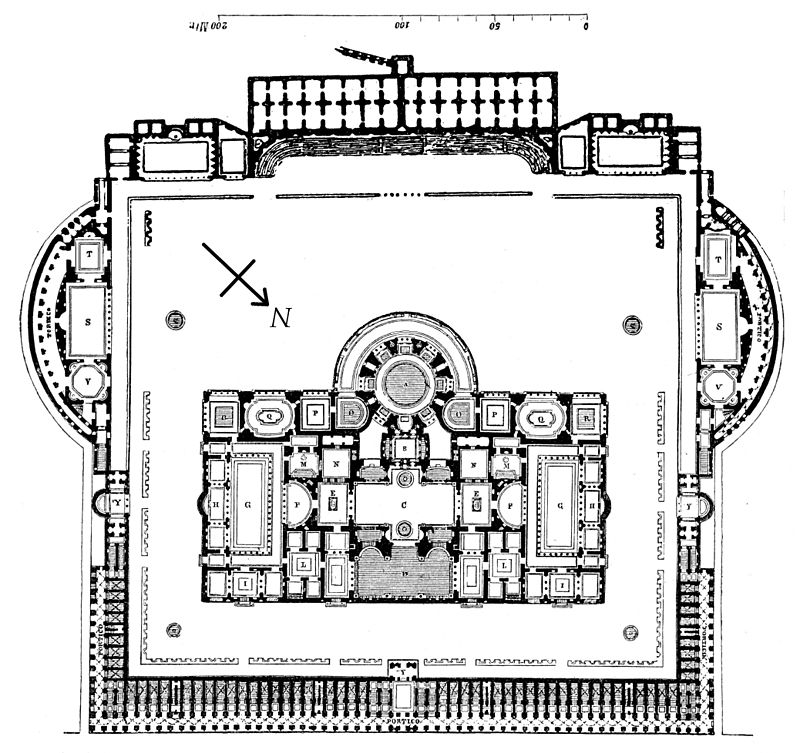
Rationalism
As proposed by Pythagoras, the universe has an order, regularity, and an intelligible pattern which humans can comprehend. Rationalism is the application of pure reason (no physical evidence required). When many ancient humans started to appreciate their capacity for reason, they began to define themselves by it. They identified the use of logic as that which separates humankind from the other animals. The workings of human society (including the production and consumption of manufactured goods, the social organization of families and towns, the functions of national government, and even the arts) were understood to be governed by universal laws.
Some cultures considered the application of reason to be the only reliable path to truth. It was assumed that correct application of reason could guide a culture toward progress and improvement. As a consequence, this cultural context value often meshes nicely with Idealism (a combination seen in both Egypt and Greece). Cultures that embrace Rationalism have a tendency to measure beauty by using mathematics (balance and proportion are of great importance). Think “ratio!” Rationalism is most often seen in the creation of systems based on logic. These systems may involve formulas for art, approaches to philosophy that are dependent on logic and formulas for architecture that are based on mathematic ratios. Rationalists tend to reject emotion, preferring instead, the control of reason. They will often reject physical evidence preferring, instead, logical argument. Be aware that the modern mind (yours, for example) needs physical evidence, in addition to reason, to consider it “rational.” This was not necessarily the case in early civilizations.
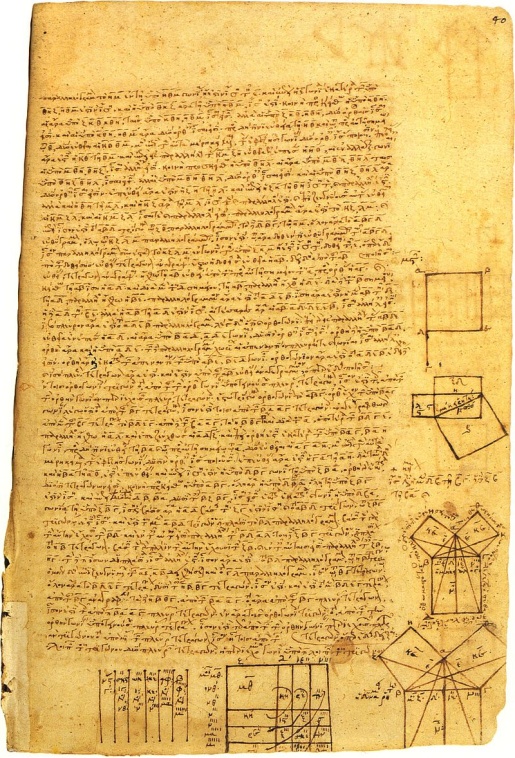
Baroque Rationalism
During the High Renaissance, artistic creations generally produced a sense of balance, symmetry and equilibrium. During the later Baroque era, the previous unmoving, terracentric universe swirled with dynamic space, time and light in motion. It could be advanced that the whirling motion of navigators, astronomers and inventors culminated in the logical conclusion of a Bach fugue.

Realism
Realism is the apparent representation of things and experiences as they appear to be in recognizable, visible reality. Even if the depiction represents an imagined or supernatural figure, it has a surface reality; the artist appears to be recording exactly what he or she is seeing. However, Realism may be deceptive as there is often an emotional or psychological overlay. Realism may include trompe-l’oeil and the illusion of depth using perspective. A good comparison chart of Idealism as contrasted with Realism is at the end of this document.

Verism
Derived from the Latin veritas(“truth”), this form of REALISM is an accurate and faithful portrait of an individual personality, with every wrinkle and imperfection depicted. Some Roman portrait busts are good examples of Verism.

Scientific Naturalism
During the early Renaissance, both human and physical nature was subjected to study and research, as it had been in ancient Greece. While allegorical explanations of the world had often been sufficient during the Middle Ages, Renaissance patrons desired correct anatomy, realistic proportions and psychological insight. Discovery of the principles of linear perspective, already known to the ancient Greeks and Romans, would satisfy the Renaissance craving for an exact and mathematically accurate description of an orderly world. The discovery of D’Architectura, a book on architecture written by the ancient Roman, Vitruvius, propelled such men as Filippo Brunelleschi to develop a system whereby accurate depictions of the natural (and man-made) world could be reproduced in two dimensions. This is the system of linear perspective. Aerial perspective was also developed at this time (or, more accurately, redeveloped) at this time. It was used primarily in images of idealized landscapes painted as though seen from one of the many private towers that could be found in cites of the day. The last type of perspective is atmospheric perspective. This is where the colors and sharpness change as objects move away from the viewer. (Think of the Blue Mountains that do not look, from a distance, as though they have individual trees).

Spiritualism
Spiritualism literally means the communication with the dead through a medium or psyche. The medium could be a device such as an Ouija board, spirit voices, levitating tables or automatic writing. Neither the Egyptians, nor Old Testament Hebrews, nor Christians believed in this type of communication; their beliefs would more accurately be termed MYSTICISM.
Syncretism
Syncretism is the synthesis or layering of different forms of belief or practice into a single philosophy or religion. Christianity was open to anyone who wished to be initiated and it was syncretistic: it accepted and adapted itself to many elements of the prevailing culture. For example, Christianity initially accepted the Jewish prohibition on the creation of images of God, but the weekly day of worship was set on Sunday (rather than the Sabbath), perhaps in recognition of the sun god Mithras (whose birthday was on December 25). Alexander the Great spread Greek beliefs and ideas wherever he traveled. Christian conquerors imposed their beliefs on indigenous peoples throughout the Americas.

Utilitarianism
“Yes it is lovely but, what does it do? What is it good for?” These would be questions that a utilitarian culture would ask. Pragmatism is the key to Utilitarianism. This cultural context value focuses on the functional, the practical as opposed to the ideal. Potential is NOT as important as what works. Aesthetics are fine, but usefulness is the key. Utilitarianism can be seen in the multiple uses of Roman buildings. Caesar Augustus’ Idealized face on coins in a Roman validation of his rule is another good example.

Idealism and Realism Compared
Characteristics
|
Idealism |
Realism |
| Importance of abstract ideas | Importance of a specific story |
| Universal and timeless or eternal qualities, flawless form, no specific individual, youth or age | Particular, peculiar, timely qualities; individual qualities of specific people, times and situations without glamorization |
| Harmonious proportions—forms based on precise mathematical measurement; concern for geometrical measurement; concern for the whole | Lack of measured proportions; concern for separate parts |
| Restrained stable and / or static; total control | Active |
| Closed; self-contained composition | More open; often acting on the surrounding space |
| Impassive features; serene and contemplative expressions | Individual reactions and expressions |
| Clarity of lines | Loss of clear-cut lines; accuracy of textures; manipulation of light and shadow; use of contrasts |
Objectives
|
Idealism |
Realism |
| To depict an ideal toward which human beings might strive | To describe contemporary life as it really is |
| To depict universal, eternal qualities by representing the essence or purest aspect of an idea | To represent the particular rather than the imaginative or visionary |
| To represent the best in nature by eliminating the imperfections of particulars or peculiars | To faithfully represent the reality of what is seen and experienced, including |
Typical Subject Matter
|
Idealism |
Realism |
| Deities (gods and goddesses): or ordinary people depicted as such | Any subject or contemporary life |

